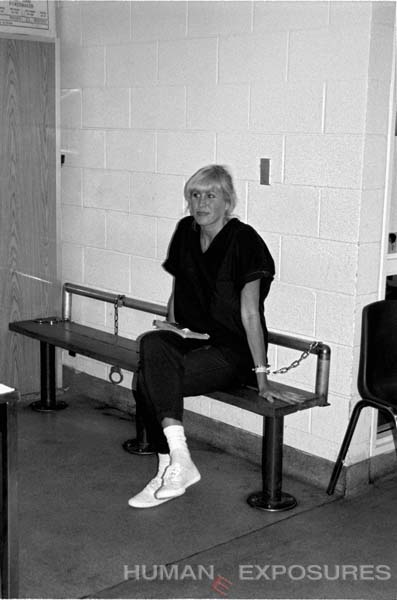 The issue of imprisoned women is the elephant in the room. A quick Google search reveals that it is a well-known problem, and one that is getting steadily worse. There’s even an article about alternatives to incarceration for women on the popular “how-to” website eHow.
The issue of imprisoned women is the elephant in the room. A quick Google search reveals that it is a well-known problem, and one that is getting steadily worse. There’s even an article about alternatives to incarceration for women on the popular “how-to” website eHow.
The site includes simple directions on how to do a wide variety of things. From making a better paper airplane to instructions for electronics projects, there is a mass of instructional material there that has become a standard destination for web surfers. It is therefore interesting to see eHow’s approach to this delicate but important subject.
Kristine Paglio, an eHow contributing writer, sets the stage for her article on the subject with some quick background notes:
Women currently constitute the fastest-growing subset of offenders being incarcerated. In the United States, women make up 7 percent of the total prison population. Incarcerated women are usually convicted of non-violent or drug-related offenses, or as accessories to a crime. Due to the lack of their participation in violent crime, many women can be considered for alternatives to incarceration, as they do not pose a threat to society. Offering them alternatives to incarceration allows women to care for their children and acquire education and job skills, as well as participate in needed counseling or therapy.
Once more, we see the common thread that is turning up more and more frequently, an emphasis on reintegration with society rather than on meting out punishment. Several of our recent posts have touched on that very theme. The similarities continue when one looks at the specific approaches that address this issue. Paglio lists a number of them in her article:
These alternative programs include, but are not limited to: electronic monitoring (i.e., home confinement); parenting classes; educational programming (including G.E.D. acquisition); employability programs (which impart skills like cooking and data entry); abuse and victimization therapy (which teach offenders to break the cycle of relationship violence); supervised living (e.g., halfway houses); and day supervision (in which the offender must submit to drug testing, perform community service and observe a mandated curfew).
Trauma and substance-abuse issues must also be considered, since almost 60-70% of incarcerated women have been abused or victimized, have a substance abuse problem, and have children. Skill- and confidence-building programs such as those suggested above provide additional tools for the inmate to use in her reentry into larger society.
Source: “Alternatives to Incarceration for Women,” eHow, undated
Image copyright Susan Madden Lankford, from the book “Maggots in my Sweet Potatoes: Women Doing Time.” Used with permission.
Visit Us on Facebook: Humane Exposures Publishing , downTownUSA, Maggots in My Sweet Potatoes, It’s More Expensive To Do Nothing









